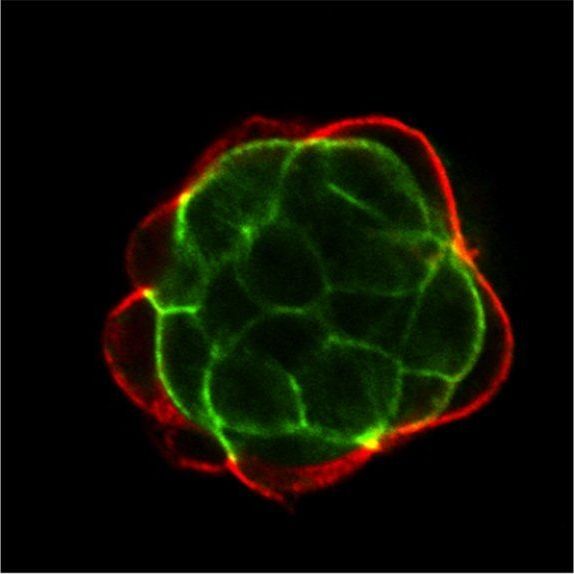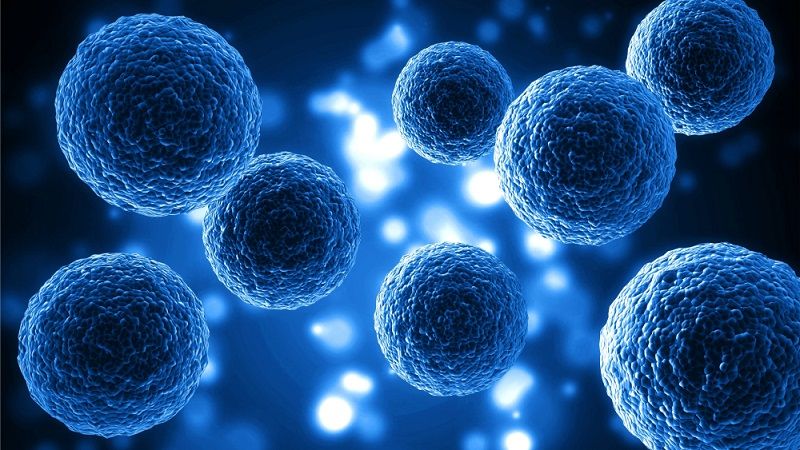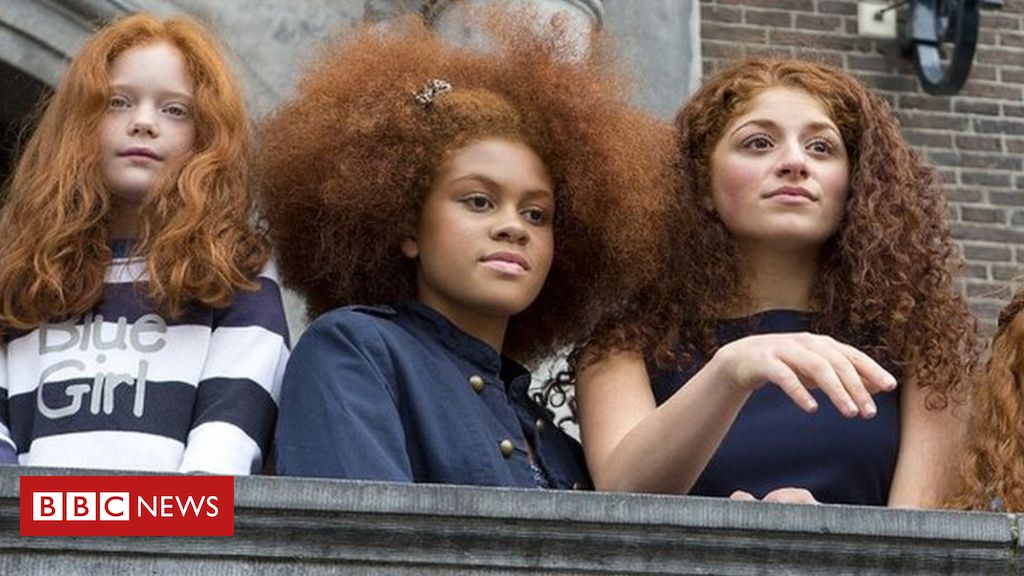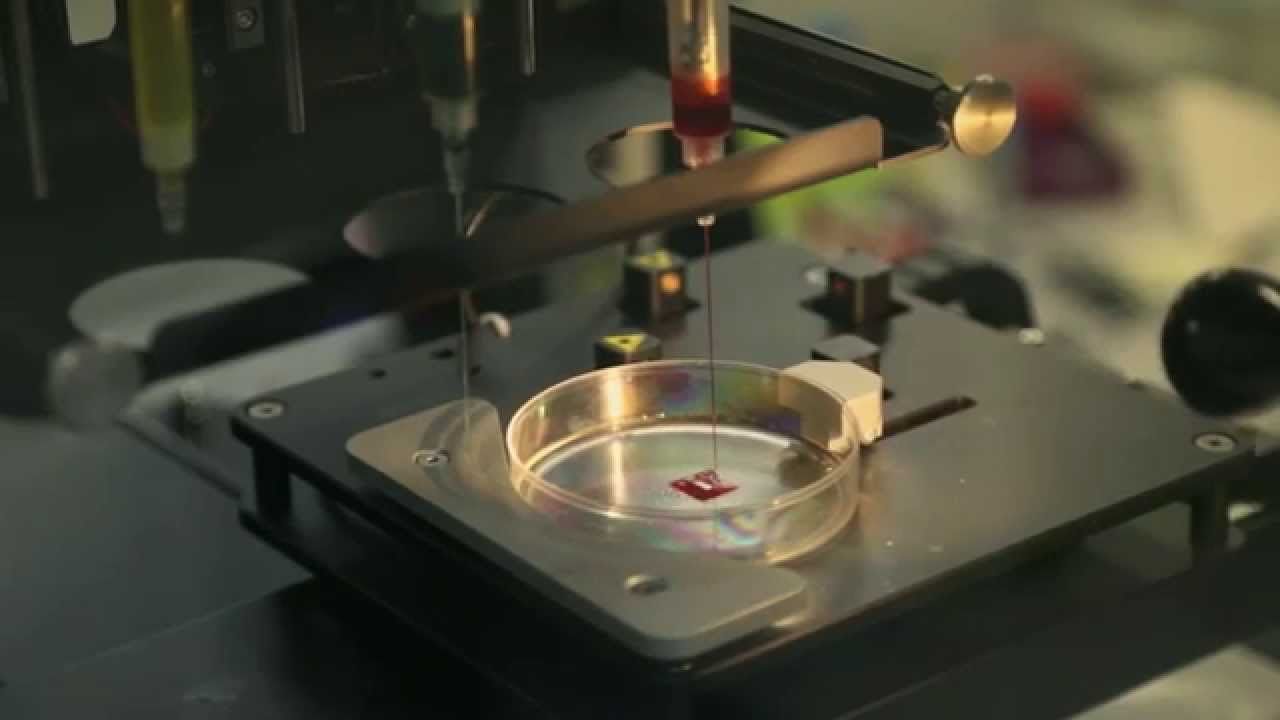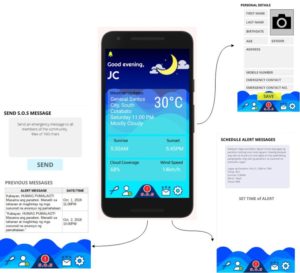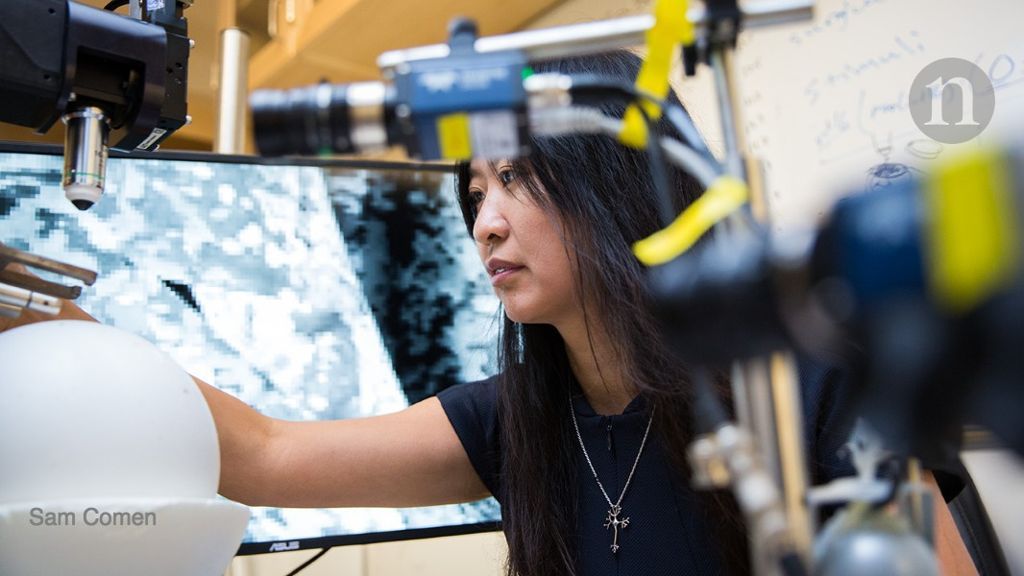Dec 11, 2018
Understanding Mild Cognitive Impairment (MCI)
Posted by Genevieve Klien in categories: biotech/medical, life extension, neuroscience
Mild cognitive impairment (MCI) is an intermediate stage between the expected cognitive decline of normal aging and the more-serious decline of dementia. It can involve problems with memory, language, thinking, and judgment that are greater than normal age-related changes.
If you have mild cognitive impairment, you may be aware that your memory or mental function has “slipped.” Your family and close friends also may notice a change. But generally these changes aren’t severe enough to significantly interfere with your day-to-day life and usual activities.
Mild cognitive impairment may increase your risk of later progressing to dementia, caused by Alzheimer’s disease or other neurological conditions. But some people with mild cognitive impairment never get worse, and a few eventually get better.

